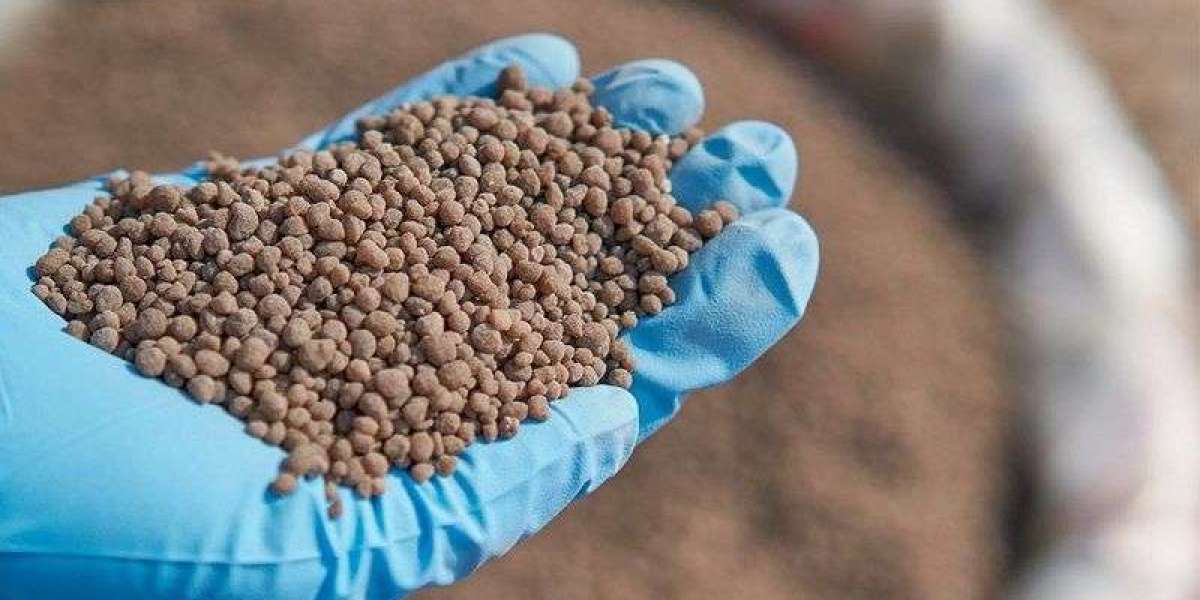In the face of accelerating climate change, agriculture must adapt quickly to preserve food security and ecosystem balance. Rising temperatures, erratic rainfall, and the increasing frequency of droughts, floods, and pest outbreaks are all reshaping the way crops are grown globally. In this evolving landscape, silicon fertilizers are emerging as a strategic input to build climate-resilient agriculture. This has significantly increased the relevance and demand in the Silicon Fertilizers Market, positioning it as a critical component of sustainable farming solutions.
This article explores how silicon fertilizers contribute to climate resilience, the scientific mechanisms behind their function, and the trends shaping their expanding role in global agriculture.
Understanding Climate-Resilient Agriculture
Climate-resilient agriculture refers to farming systems that can withstand or adapt to the adverse impacts of climate change while maintaining or improving productivity, sustainability, and income stability. The key features include:
Stress tolerance in crops
Efficient resource use (water, nutrients)
Lower dependence on chemicals
Sustainable soil management
Silicon fertilizers align with these goals by improving plant physiological responses and boosting natural defenses.
Silicon’s Role in Building Resilience
Silicon (Si), when absorbed by plants as monosilicic acid, interacts with cell structures and biochemical pathways to improve their resistance against both biotic and abiotic stress.
1. Enhanced Water Efficiency
Silicon reduces transpiration by regulating stomatal opening, conserving moisture under drought.
It increases root surface area, improving water absorption in dry soils.
2. Temperature and Heat Stress Tolerance
Crops treated with silicon show better enzyme activity under heat, enabling continued growth during heatwaves.
It stabilizes chlorophyll and reduces leaf damage from sunburn or UV rays.
3. Pest and Disease Defense
Deposited silica forms a physical barrier against insects and pathogens.
Silicon activates systemic resistance, strengthening the plant’s natural immunity.
4. Salt and Heavy Metal Stress Mitigation
Silicon immobilizes harmful ions like sodium or cadmium in the root zone.
Helps crops survive in saline or contaminated soils, a growing issue due to rising sea levels and pollution.
Impact on Key Crops in Climate-Sensitive Regions
| Crop | Region Affected | Climate Challenge | Silicon Benefit |
|---|---|---|---|
| Rice | South & Southeast Asia | Drought, salinity | Improves water-use efficiency and yield |
| Sugarcane | Brazil, India | Heat and pest stress | Boosts resistance, stem strength |
| Wheat | Middle East, North Africa | Water scarcity | Enhances root development |
| Tomatoes | Mediterranean zone | High temperature, blight | Maintains fruit quality and disease control |
These improvements can make a significant difference in reducing yield loss and improving food system resilience.
Silicon Fertilizers Market Trends Aligned with Climate Goals
A. Inclusion in Climate-Smart Agriculture Programs
Governments and NGOs are beginning to include silicon fertilizers in their climate adaptation policies, especially in Asia and Africa.
For example, India’s national mission on sustainable agriculture promotes silicon use for managing drought in eastern states.
B. Research Funding and Scientific Validation
Universities and agricultural institutions are publishing increasing volumes of data confirming silicon's climate resilience benefits.
This scientific backing is encouraging regulatory acceptance and adoption.
C. Green Certification and Organic Compatibility
Silicon from natural sources (diatomaceous earth, rice husk ash) is being integrated into organic and eco-labeled products.
These options help meet consumer demand for climate-conscious food production.
D. Integration with Precision Agriculture
Smart farming solutions now include soil sensors and data analytics to optimize silicon application where stress is highest.
This is boosting the market for liquid and nano-silicon formulations that are easy to apply and act faster.
Challenges to Address
While the benefits are well-acknowledged, several barriers still limit full-scale adoption of silicon fertilizers for climate resilience:
Low Awareness Among Farmers: Many growers still rely on traditional fertilizers and are unaware of silicon’s role.
Inconsistent Product Standards: Lack of harmonized regulations leads to variation in product quality.
Affordability Issues: Advanced silicon solutions may be too expensive for smallholder farmers in developing nations.
Limited Research on Region-Specific Crops: More studies are needed for crops beyond rice, wheat, and sugarcane.
Efforts to overcome these challenges include government extension services, public-private partnerships, and localized demonstrations.
Future Outlook: Silicon as a Climate Solution
As global agriculture pivots toward resilience and sustainability, the Silicon Fertilizers Market is expected to grow significantly. By 2030, silicon fertilizers could be a common feature in the fertilizer plans of:
Climate-smart villages
Drought-prone regions with food security missions
Organic and regenerative farming projects
Hydroponic and greenhouse systems facing heat and water stress
Investments in research, local manufacturing, and awareness campaigns will further boost market penetration.
Conclusion
The growing climate volatility demands resilient agricultural solutions that are both effective and environmentally friendly. Silicon fertilizers stand out as a versatile, scientifically supported input that improves crop resistance to stress without harmful environmental impacts. As part of broader climate-smart farming practices, silicon-based fertilizers are not just a trend but a necessity for future-proof agriculture. Their rising importance in the Silicon Fertilizers Market underscores a shift toward inputs that protect crops and the planet alike.








